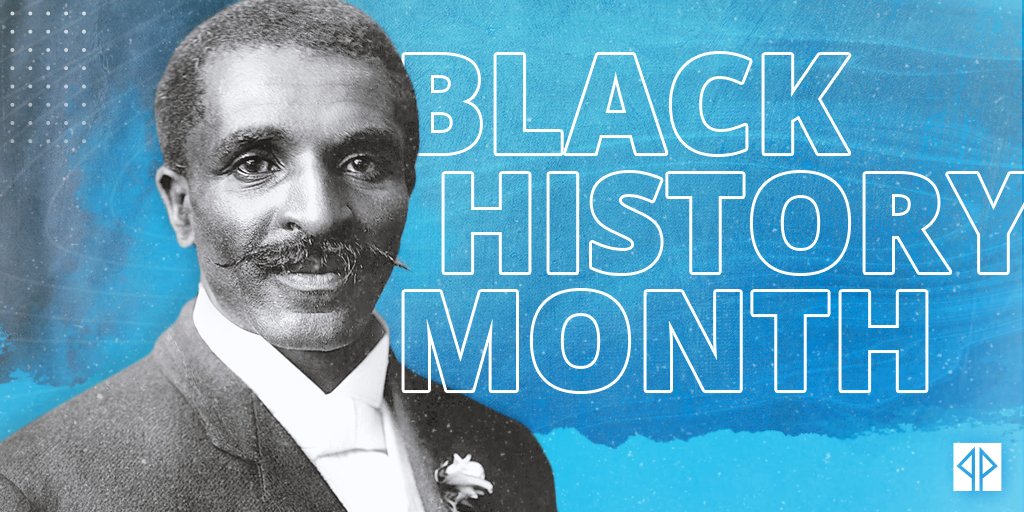Black History Month is a time to celebrate and recognize Black achievements and better understand Black histories. Within the performance plastics industry, many materials and applications that we use today owe their development to the genius of African American innovators.
Below is a list of notable African American pioneers who spent their lives searching for ways to improve the world one product at a time. With the help of these engineers and entrepreneurs, plastic materials experienced an evolution that can still be seen today.
Walter Lincoln Hawkins
Walter Lincoln Hawkins’ passion for math and science began at an early age. In 1932, he received a degree in chemical engineering from Rensselaer Polytechnic Institute, and later he went on to receive a master’s degree in chemistry from Howard University and a doctoral degree from McGill University.
During World War II, Hawkins worked tirelessly on various material developments. Among those included his design of a lab test that predicted the durability of plastic surfaces using spectroscopy. During this time, he was noted to have created new recycling techniques that greatly extended the lifespan of plastic substances.
After the war, Hawkins joined Bell Laboratories, becoming the first African American scientist on staff. One of his earliest and most notable projects included his work with partner Victor Lanza, where together, they created a new plastic coating called a “plastic cable sheath” to protect telephone cables. This new application was cheaper and safer to use than previous wire coatings and it could withstand extreme temperature fluctuations, lasting up to 70 years. As a result of Hawkins’ genius, this polymer saved billions of dollars and is still used today.
Source Information:
https://lemelson.mit.edu/resources/w-hawkins
Mary Elliott Hill
Mary Elliott Hill was a chemist and one of the earliest recorded African American women to earn a master’s degree in chemistry. Her journey to obtain her degree began at Virginia State College (now Virginia State University) where she earned her bachelor’s degree in chemistry in 1929. Afterwards, she began teaching at VSU and took courses at the University of Pennsylvania, where she earned her master’s degree in 1941.
In collaboration with her husband, Carl McClellan Hill, the pair worked on a project that used specialized chemical reactions to form ketenes. Their development of ketene synthesis led to the implementation of new methods that were crucial in supporting polymer chemistry and plastics development.
Source Information:
https://www.awis.org/historical-women/mary-elliott-hill/
George Washington Carver
George Washington Carver, better known as “The Peanut Man” and one of the most prominent agricultural scientists of the 20th century, developed hundreds of products using peanuts and other agricultural crops.
In 1865, Carver became the first African American student and faculty member at what is now Iowa State University. During his time there, he earned his bachelor’s degree in agricultural sciences in 1894 and his master’s degree in 1896. He later left Iowa to head the department of agriculture at the Tuskegee Normal and Industrial Institute. While at Tuskegee, Carver devoted his time to improving southern agriculture, which included his push for Southern farmers to plant peanuts and soybeans.
One of Carver’s most notable achievements came when he discovered that peanuts could be used to produce plastics, among other things. Such a discovery caught the attention of Henry Ford, who was interested in the potential of using alternative crops to produce plastics, paint, and fuel. The two would eventually develop a mutual admiration for one another, and in 1942, Ford showcased a car with a lightweight plastic body that was made from soybeans.
Source Information:
